In the context of current educational innovation, the issue of financial autonomy and management at training institutions is posed as an inevitable trend. Many schools have had to face the challenge of balancing costs, improving training quality without placing the burden on learners. Hue Medical College is one of the leading units in arranging and streamlining the apparatus, maximizing available resources, thereby creating conditions for students to pay tuition fees at a low level compared to the general level, equal to the tuition fees of non-autonomous schools, but still ensuring training quality. It is this strategic choice that has brought practical benefits to learners - and contributed to creating positive enrollment results over the past many years, especially in 2025.
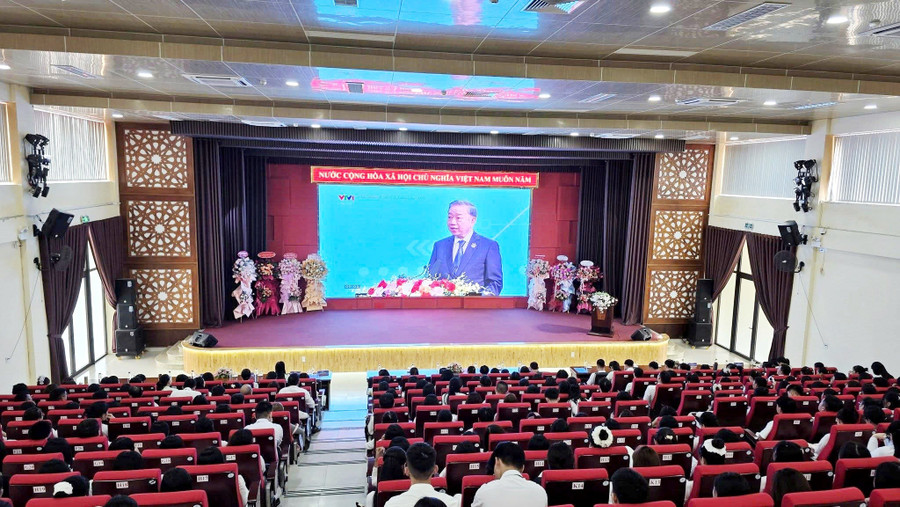
Streamlining the apparatus – a suitable direction in the context of autonomy
When implementing the autonomous mechanism, schools must balance their own revenues and expenditures, and take responsibility for their finances, human resources, and development strategies. This is both an opportunity and a pressure. If the apparatus is cumbersome and personnel costs are high, financial resources will be dispersed, forcing schools to increase tuition fees to compensate. On the contrary, if they are properly arranged, streamlined, and reduce intermediate levels, and save on management costs, schools can reinvest in teaching, research, and facilities without having to increase tuition fees too much.
Hue Medical College has recognized this early. Since 2020, when it began implementing autonomy, the School has focused on reorganizing its staff, assigning clear and concise tasks, and limiting overlap between departments, faculties, centers, and departments. Departments and faculties are given more autonomy in managing and operating the unit, thereby reducing pressure on the administrative block. In particular, the school focuses on applying information technology in management, from registering courses, grading, monitoring learning progress to handling administrative procedures. Thanks to that, the work is done quickly, transparently, and significantly saves resources.
Financial efficiency – the foundation for keeping tuition fees low
One of the clear evidences of the effectiveness of the restructuring and streamlining of the apparatus at Hue Medical College is the tuition fees that students are enjoying. While many other educational institutions have to increase tuition fees to ensure operating costs, the school still maintains a moderate fee level, suitable for the conditions of the majority of students and their families. This is especially meaningful, because the majority of medical students come from the Central provinces - where people's lives are still difficult.
Saving on management costs and reducing internal budget waste has created a “financial gap” that the school does not have to compensate for by increasing tuition fees from students. At the same time, these resources are also reinvested to upgrade practice rooms, laboratories, purchase teaching equipment, and invite guest lecturers with practical experience from major hospitals. In other words, students not only pay lower tuition fees, but also benefit from a better learning environment.
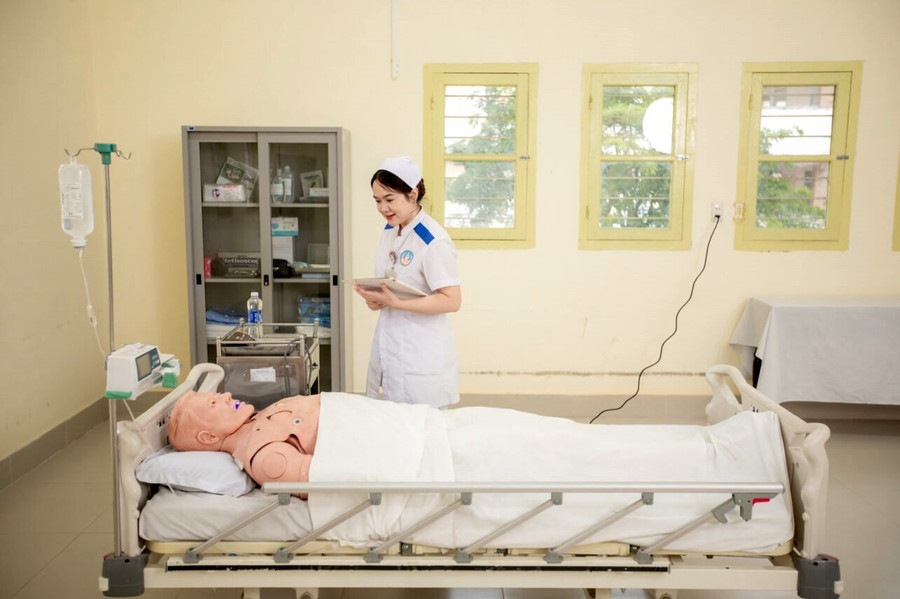
Enrollment in 2025 is nearly 1,000 students
The rationality in the streamlined strategy and focused investment has helped the school achieve impressive enrollment results. In the 2025 school year, Hue Medical College recruited nearly 1,000 students in 6 key training majors : Nursing, Midwifery, Medical Laboratory Technology, Pharmacy, Traditional Medicine and Beauty Care.
This result shows the increasing attraction of the school to candidates, reflecting the need for medical human resources in society. The diversity of the fields of study, the combination of traditional professional groups such as Traditional Medicine and new fields such as Beauty Care, also opens up many opportunities for students to choose from.
Three main factors explain the positive admission results:
- Reasonable tuition fees, guaranteed quality: Parents and candidates trust the school because it maintains low tuition fees while still investing heavily in training quality.
- Focused investment: Practice rooms, medical, pharmaceutical and beauty care equipment are upgraded to meet the need for practical learning.
- Brand reputation: With 77 years of training medical staff, the school has affirmed its position in the Central region and the whole country, creating solid trust with learners.
The Biggest Beneficiaries – Students
Low tuition policy thanks to organization arrangement, streamlining and technology application brings many practical benefits to students:
Reduced financial burden: With affordable tuition fees, students and their families have less financial worries and more time to focus on their studies. For many, this is a valuable opportunity to pursue a career in medicine without financial barriers.
Access to quality education: Savings from streamlining management are converted into investment in learning. Students have a full practice environment, are exposed to modern medical equipment, thereby improving professional capacity and vocational skills.
Creating motivation to study: When students clearly feel the care and sharing from the school through a reasonable tuition policy, they will be more attached, make more efforts and have a sense of responsibility for their future careers.
Equal access to education: Low tuition fees help many students in remote areas and children from low-income families to study, contributing to social equity in education.
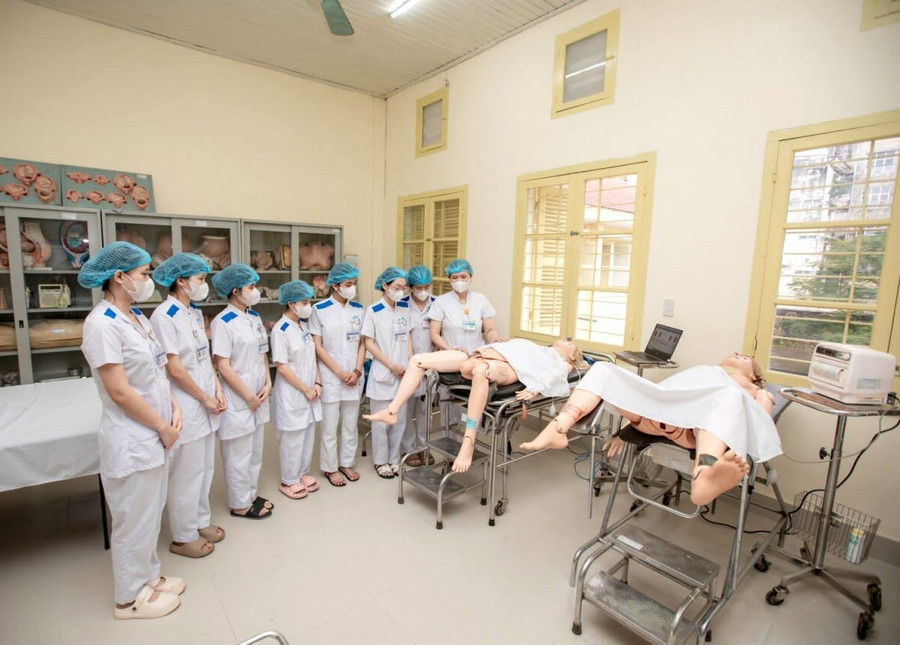
Lessons from the model of Hue Medical College
The story of the restructuring and streamlining of the Hue Medical College shows that, in the context of autonomy, increasing tuition fees is not the only way to maintain and improve the quality of training. On the contrary, if the management organization is scientific, technology is applied, authority is reasonably decentralized and resources are effectively used, schools can completely reduce operating costs, thereby reducing the burden on students.
The lesson here is not just “reduce people, reduce costs”, but “increase efficiency, increase quality”. A streamlined but smooth, flexible and closely coordinated apparatus will help the school both save money and promote collective intelligence. This is the key to maintaining sustainable development, while affirming prestige and attractiveness to students.
The 2025 enrollment results with nearly 1,000 students are convincing proof of the school's right choice. In the future, with the strategy of "lean - effective - humane", Hue Medical College will continue to affirm its position, train quality medical human resources, and contribute to the development of the community.
Looking to the future
In the context of increasing demand for medical human resources, the role of training institutions such as Hue Medical College becomes more and more important. Keeping tuition fees low while improving the quality of training will help the school attract many students, especially young people who dream of pursuing a career in medicine but are still concerned about the cost of studying. Furthermore, this is also a practical contribution to society by training quality, dedicated and visionary medical human resources to serve the community.
Streamlining the apparatus so that students can benefit from low tuition fees is not only a financial management strategy, but also demonstrates the school's humanistic philosophy: taking students as the center, putting the interests of learners first. This has been creating the unique value of Hue Medical College on the map of medical vocational education in the country.
Source: https://giaoducthoidai.vn/cao-dang-y-te-hue-tinh-gon-bo-may-giup-sinh-vien-huong-nhieu-loi-ich-post748922.html



![[Photo] Prime Minister Pham Minh Chinh launched a peak emulation campaign to achieve achievements in celebration of the 14th National Party Congress](https://vphoto.vietnam.vn/thumb/1200x675/vietnam/resource/IMAGE/2025/10/5/8869ec5cdbc740f58fbf2ae73f065076)






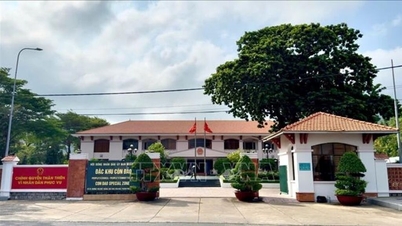

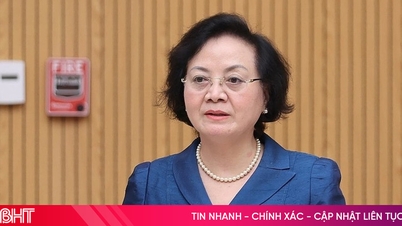






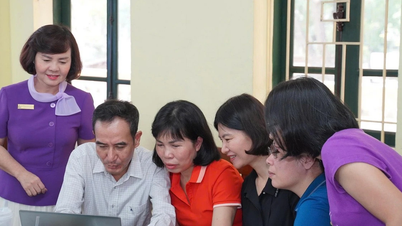
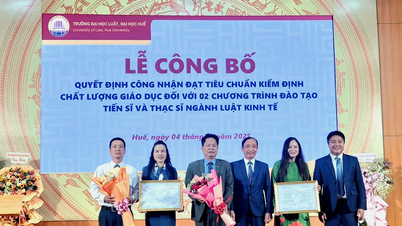


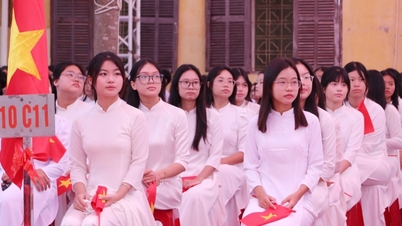










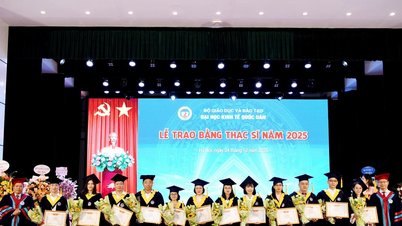

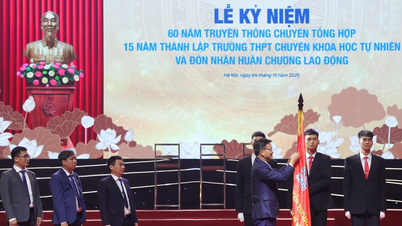


![[Photo] Bustling Mid-Autumn Festival at the Museum of Ethnology](https://vphoto.vietnam.vn/thumb/1200x675/vietnam/resource/IMAGE/2025/10/4/da8d5927734d4ca58e3eced14bc435a3)






















![[VIDEO] Summary of Petrovietnam's 50th Anniversary Ceremony](https://vphoto.vietnam.vn/thumb/402x226/vietnam/resource/IMAGE/2025/10/4/abe133bdb8114793a16d4fe3e5bd0f12)

![[VIDEO] GENERAL SECRETARY TO LAM AWARDS PETROVIETNAM 8 GOLDEN WORDS: "PIONEER - EXCELLENT - SUSTAINABLE - GLOBAL"](https://vphoto.vietnam.vn/thumb/402x226/vietnam/resource/IMAGE/2025/7/23/c2fdb48863e846cfa9fb8e6ea9cf44e7)

















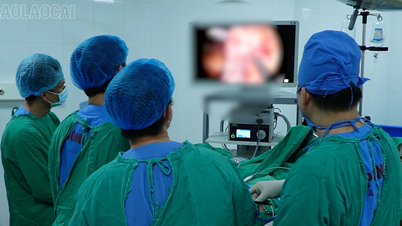

















Comment (0)